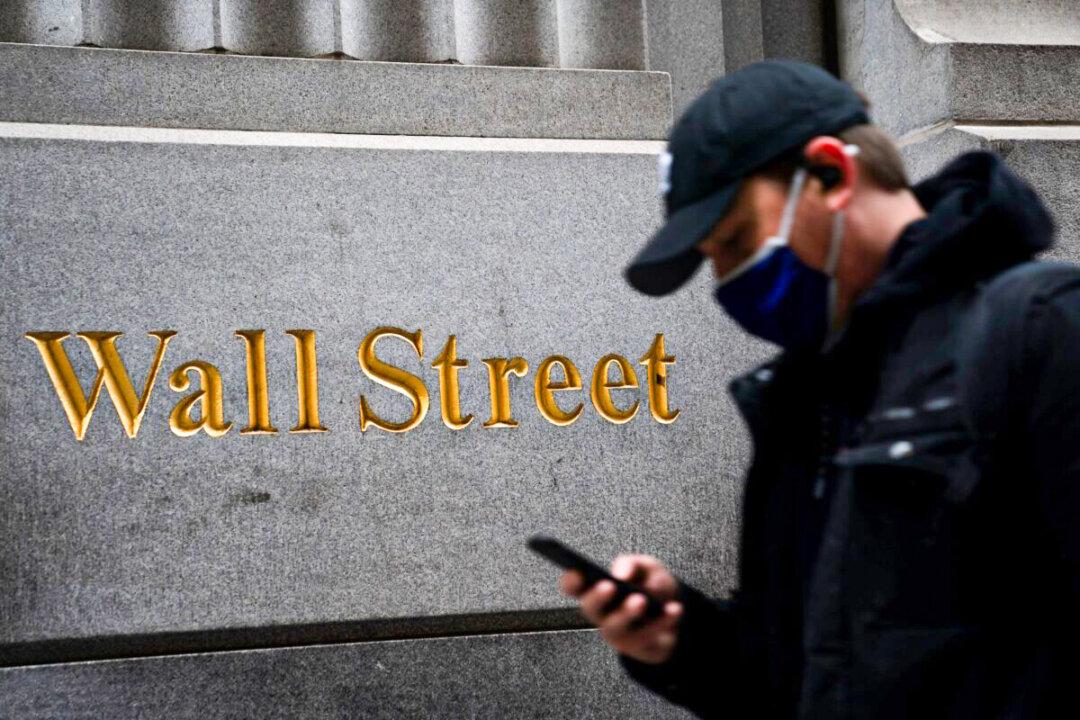Stocks wobbled in morning trading on Wall Street Thursday as investors study moves by central banks to fight rising inflation.
The S&P 500 rose 0.1 percent as of 10:20 a.m. Eastern and is hovering around the record high it reached last Friday. The Dow Jones Industrial Average rose 178 points, or 0.5 percent, to 36,102 and the Nasdaq fell 0.7 percent.





